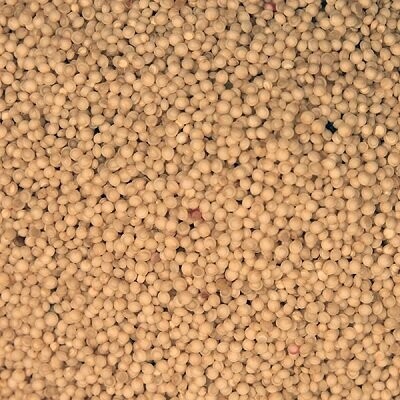Amaranth Organic, from
Amaranth was part of the staple diet of the Aztecs. However cultivation was banned by the Conquistadores when the Aztec nation was conquered. Seeds were transported to Asia, where they were known as “king seed” and “seed sent by God".
Amaranth is a “pseudo-grain” – like quinoa and buckwheat - as it is not in the Poaceae
botanical family. However It is often listed with grains due to its nutritional profile and uses. It is a distant relative of Swiss Chard and Spinach. Each amaranth plant produces seed heads with up to 5000 seeds.
The seeds are tiny and have a slightly peppery taste, mild, nutty and malty. They are higher in protein than most grains, but do not contain gluten. Amaranth is popular in cereals, breads, muffins, crackers and pancakes.
| Energy (kJ) Energy (Kcal) |
1565 374 |
| Fat (g) | 6.5 |
| of which saturates (g) | 1.7 |
| Carbohydrates (g) | 56.8 |
| of whic Sugar (g) | 1.7 |
| Fibre (g) | 9.3 |
| Protein (g) | 14.5 |
| Salt (g) | 0.1 |

